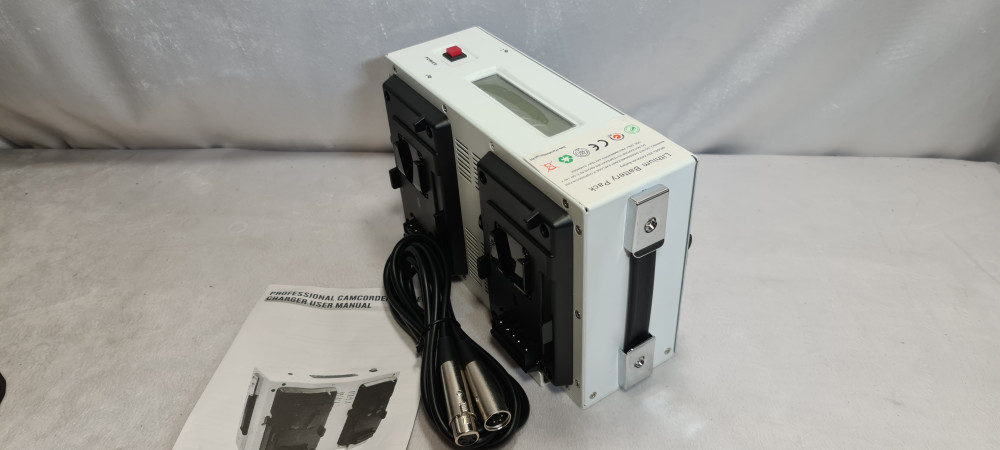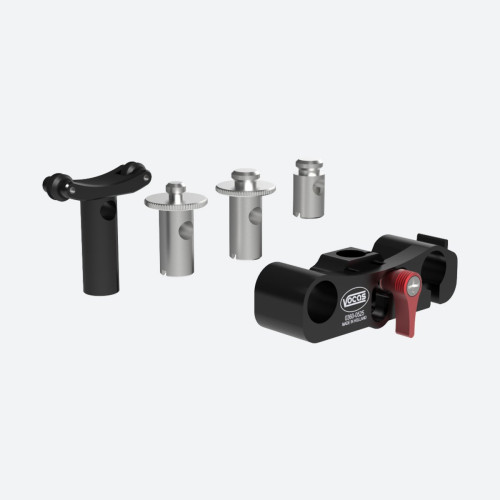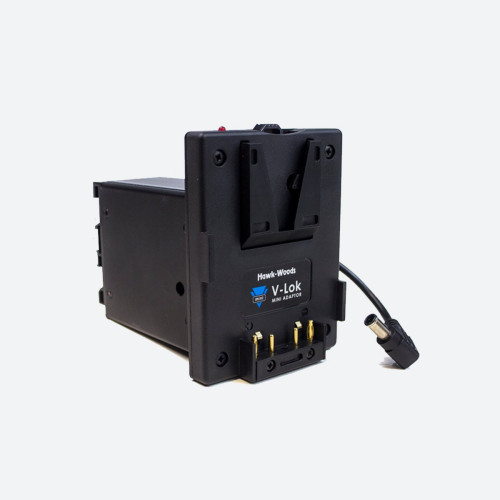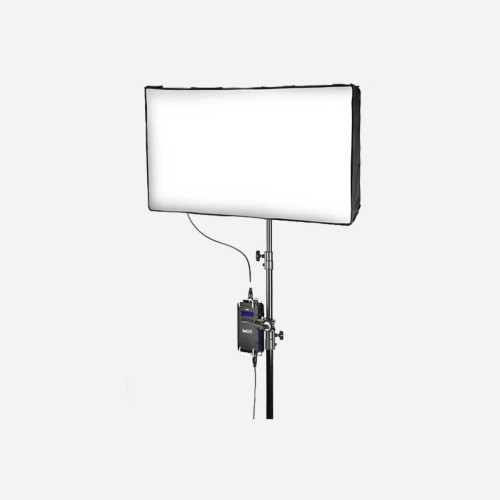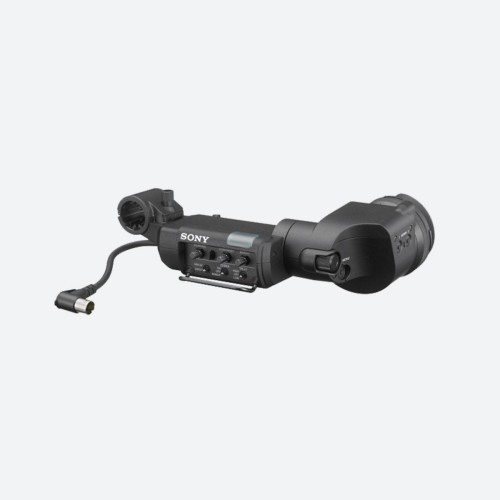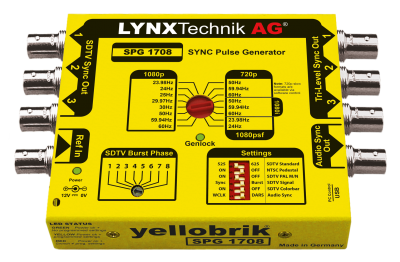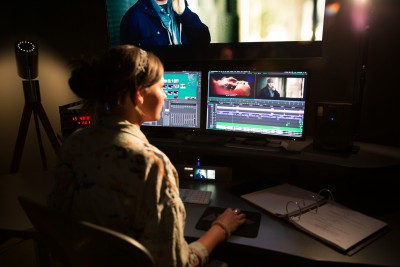SPG - a commodity product or something special?

Author: Bob Pank#
Published 1st August 2012
The need for a reference generator in broadcast television applications is universally accepted. Quite what that reference generator is or should be is another matter. Early reference generators produced signal pulses like Line Drive, Field Drive, Mixed Blanking, Sync, etc. Soon thereafter analogue colour black appeared on the scene and the sync pulse generators (SPGs) as they came to be known, evolved to offer that ubiquitous signal. However, the inevitable consequence of continuous evolution in broadcast television has been that the quantity and complexity of the signal requirements of SPGs have risen almost exponentially. So, when you come to need a reference generator do you need a simple SPG or something more?
Since an SPG is such a critical piece of equipment the primary requirements are for it to be very stable and very reliable. In the past the facilities required from an SPG did not vary much across applications. Studios, Post Production Facilities and Outside Broadcast had broadly the same needs from such a device. Over time that has changed and today, that is far from true. Manufacturers of SPGs have had to react smartly to these ever changing demands to produce products that can meet a broad range of technical, operational and commercial needs. Whilst it is understood that an SPG is a requirement, sometimes it is not appreciated that installing a high performance device is a good decision to make. SPGs are precision instruments for a reason – they are the heart of your system, and a good heart leads to a healthy, trouble free system. It is also important to be able to choose a product which allows for the inclusion and even exclusion of features to suit the application. All too often SPGs have been selected which have less, or even more than, the necessary performance and feature set.
Stability and reliability are prerequisites. After that it is crucial to select a product that meets the needs of the particular system. When considering those it is essential to consider future as much as current requirements. Historically SD SDI SNG vehicles in Europe always used analogue tone. Now embedded tone is a standard requirement, so where SPGs were installed which could be easily upgraded, the changed requirement was easy to resolve. High end SPGs now provide a considerable range of complex video and audio reference and test signals. They also generate Timecode which can be locked to UTC via GPS and can even act as NTP servers. Previously configuration of an SPG would have mainly consisted of video timing and selecting video test patterns and audio outputs. Fortunately the considerable configuration task for the high end SPG can now be done by the engineer remotely in the comfort of their office via an Ethernet connection.
At one end of the spectrum there is a need for a basic SPG offering only video and possibly audio reference outputs. The spectrum is broad though, and every application has it's own special needs right up to those requiring video and audio reference outputs, test signals, multiple format outputs, Timecode, NTP and so on. The challenges for the end user are economic, operational and technical. The pressure to keep costs down could lead to choosing the wrong device. The challenge for the manufacturers is to offer customers products which they can rely on whilst at the same time satisfying all their needs: immediate, future, technical and commercial.
Courtyard Electronics have produced SPGS for 25 years, pursuing a policy of continuous development to meet the ever changing needs of the industry. Today we meet those needs with our latest product – the CY460. Our approach has always been to offer as broad a range of features as cost effectively as possible whilst maintaining the highest possible technical performance standards. Experience is often undervalued, but 25 years of acquired knowledge enables us to include many valuable features in our SPGs, tailor-made to the specific needs of our customers. The CY460 is the culmination and offers all the analogue and digital references any user could ask for, together with an outstanding array of additional facilities.
Operationally it is possible configure, control and monitor from the front panel, or remotely via an Ethernet connection (which additionally provides SNMP status monitoring). The CY460 offers a wide variety of formats and allows for a mixture of formats simultaneously. It is even possible to have different test pattern outputs in different formats each with its own unique text ident - especially valuable in uplink applications. Text idents can even be in any language. Timecode outputs can be locked to GPS, Vertical Interval Timecode (VITC) on the reference input or via a remote NTP server. When locked to GPS the CY460 can also be deployed as an NTP server itself. Analogue and digital audio reference and test signals are available separately and embedded within the digital video outputs, which can be SD, HD or 3G. Options can be turned on using a software key obviating the need to install additional hardware, and any upgrades can be uploaded and installed via Ethernet.
Above all the CY460, like its forerunners is very stable, very accurate, and very reliable and will provide continuous uninterrupted service for many years. Is that the definition of a commodity product?



